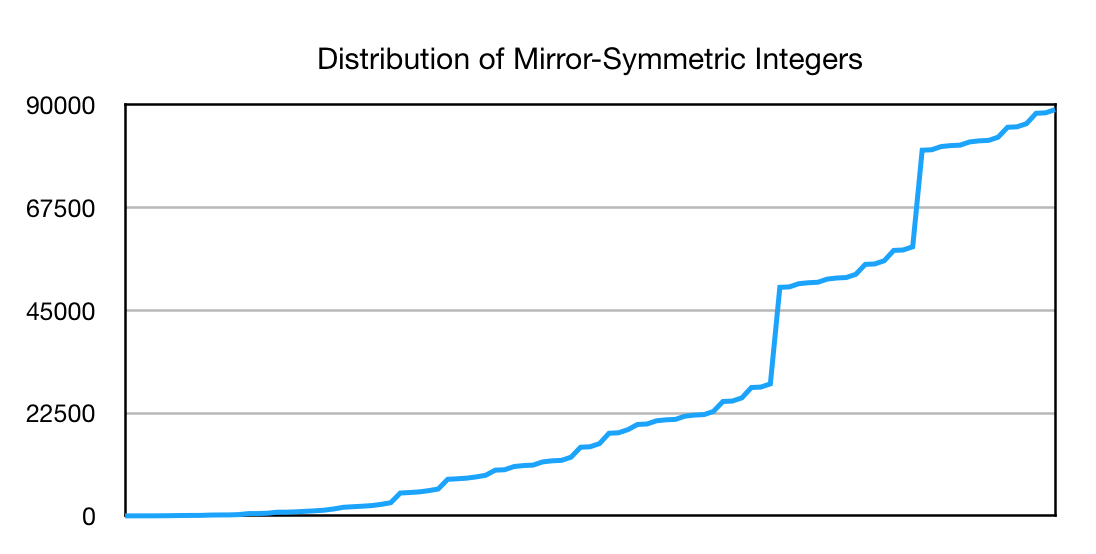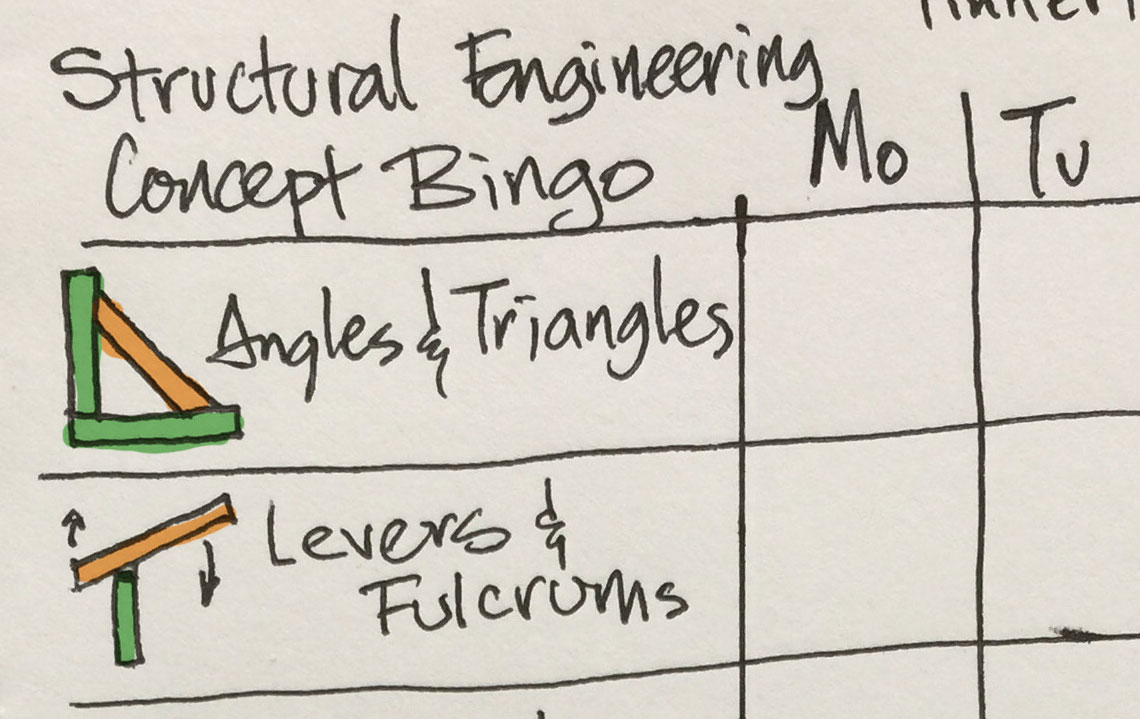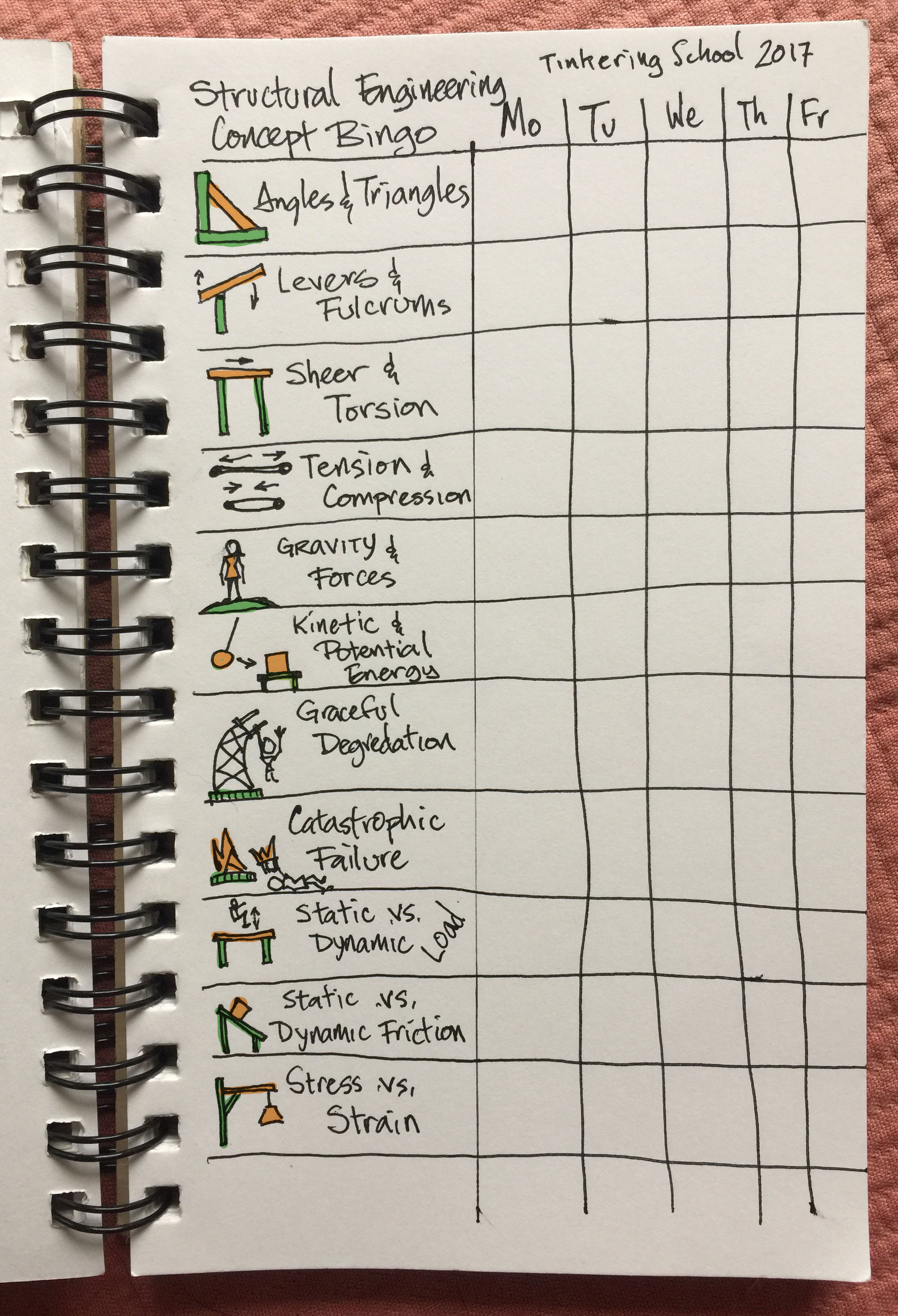We shall not cease from exploration
And the end of all our exploring
Will be to arrive where we started
And know the place for the first time.
–T.S. Eliot
The Narrative Arc
There is a point, in almost every conversation I have with visiting educators, where I explain the pedagogical framework of Brightworks. We gather around a big piece of brown butcher paper, and uncapping a chisel-point Sharpie, I say, “This is the Arc,” as my hand draws out the chord of a large circle. “It is a reference to the narrative arc in a story, and we chose that because we never want to forget that every student here is on their own personal journey.” This statement generates a range of reactions from the educators, some will nod, some are waiting to see where it is going, and some, in a faint echo of the moment when I first drew it for myself, will lean forward with sudden and unexpected delight.
This notion is so foundational to life at Brightworks, that it is easy to forget. Like fish in water, the students don’t really think about the medium they live in. Of course they have a personal story, doesn’t everyone? Yet, where the diagram lays out a smooth and continuous curve, their stories are almost fractal in complexity and filled with emotional peaks and valleys. This is what makes their stories worth living; they are complicated and surprising. It would be quintessentially boring if your personal story was as smooth and unvarying as the arc I draw on paper. Imagine each of the sub-plots of a student’s life as threads, and that learning is the process of organizing those threads into a coherent fabric.
Pick a moment in time, say the age of ten and a half, and you will see that there are many active threads; relationships (family, friends, peers, collaborators, pets), projects, personal interests, media (movies, books, games, web series, etc), politics, weather – and this list changes over time, with some threads taking dominant roles and others fading into the background. It’s tempting to make an analogy with weaving on a loom, and call some strong threads the warp lines and the more dynamic threads the weft, but life is much less regular than that. We have to look to the fabric arts and see the work of experimental artists who might appear to be weavers until we look closely and see that they are incorporating spoons, bits of concrete, and love letters into the works they are creating – this is a better analogy than the perfectly orderly patterns coming off of the traditional loom.
Wired to Learn, Wired to Experience
There is a little structure in the brain called the *lateral habenula*, and it plays a key role in the learning processes because it is the thing that notices when our predictions about the future are wrong. Put another way, it’s the lateral habenula that triggers the sense of being surprised. In explaining the importance of this, a neuroscientist once told me that “you never want to forget which cave the saber tooth tiger jumped out of.” Generally, the lateral habenula fires off when what we expected to happen, doesn’t happen. The other big change that happens when the saber tooth tiger appears is that we get a huge jolt of adrenaline and a fight-or-flight response kicks in. Our heart rate shoots up, breathing rate increases, and our cognition goes way down as we focus on escape. Who cares about noticing what shade of blue the sky is when you’ve got a tiger chasing you?
Reading the research, it would be easy to think that this little bit of the brain is only concerned with bad events, but there are a couple of circumstances where it triggers good feelings and one of those is the situation where something we learn connects ideas in a surprising way – the sense of “AHA!” that we get when we are making new meaning out of what we are learning. This positive reaction and flood of good feelings happens in concert with another region of the brain, much more recently evolved than the lateral habenula, known as the *basal forebrain*. There is a lot happening in the basal forebrain, and it is the area of focus for many sleep experiments because of its role in the production and release of acetylcholine, a compound that, among many other things, creates a sense of wakefulness. Interestingly, acetylcholine is critical to the learning process as well as an enabler of the plasticity part of neuroplasticity. So, when we’re awake, and something that we are learning surprises us, we get this great jolt of dopamine, a dash of acetylcholine, and a little squirt of adrenaline – this neurochemical cocktail increases the chances of a much longer retention of the new knowledge. It’s sort of like the watchdog parts of the brain realize that this new thing we just learned might be important, and great effort is made to emphasize the new connections. This is the wonderful feeling of delight that we have when we figure something out!
Fundamentally, we are wired to enjoy learning that surprises us. From a purely biological perspective, it is clear that we evolved this positive reward system because it is beneficial to our survival as a species to learn new things.
Building Blocks of Learning
There is an interesting theory currently being explored about how learning is represented in the brain. It’s only a theory because the actual analysis of brain structures that represent knowledge is a work in progress, but it’s a good theory and it resonates with a lot of research and observations about how learning happens and how knowledge is organized. The theory is that the atomic element of learning is the analogy; *this is like that*. These tiny associative connections include a strength, so it can be anything from “this is really like that” to “this is kind of like that”.
Functional magnetic resonance imaging (fMRI), provides a way of looking at brain activity as it happens, and tests done with this technique seem to support the observations and the theory. Neuroscientists often say “like fires like,” and what they mean is that if you think about “orange” you will activate all sorts of connected concepts and references, from orange as a fruit to a uniquely personal associative list of orange colored things ranging from pumpkins to sports teams. These “facts” are apparently macro clusters of knowledge that are assembled out of tiny little “this is like that” analogies. You can watch yourself chase these “like-that” through a simple associative-chain exercise; think about pumpkins for a moment. Notice all the connections you can make? It’s breathtaking when it happens deliberately and under self-observation, but in reality, those kinds of associations are firing all the time. You’re connecting experiences as they happen to your existing personal knowledge, and constantly adjusting your prediction of the immediate future – with your lateral habenula “noticing” when those predictions fail.
Like almost all of the systems in the human brain, lack of use increases cost of use – meaning that if you don’t surprise yourself regularly, it gets harder to surprise yourself. The lateral habenula needs stimulation in order to function correctly, and for that surprise mechanism to work (the one that triggers that deeper learning) you have to be making predictions, and to make a prediction you have to be engaged enough to formulate one. Lack of surprise comes from lack of engagement, and habitual lack of engagement leads to apathy – the antithesis of delight.
Eating Oatmeal
Whether we are paying attention or not, we are making connections. Those connections form webs, where, if we could look closely, there is as much or more unintended detail (mostly with weak connections) as there is intended content (with hopefully stronger connections). If we could look at it happening while you were reading about Copernicus, we would see some of the details about the astronomer getting built right along side details about the smells coming from the kitchen, the song playing in the background, the wind moving the branches outside the window, the texture of the chair, and all the unintended, undesigned, and rich elements of the moment. The intentionality of reading and focusing ensures that there is some emphasis on the Copernican details and the associations you make to things you already know. Unconsciously, and sometimes consciously, we are re-reading the last few words, sentence fragments, or whole sections, leading to the strengthening of the intended connections. The result is that we start knowing some things about Copernicus, but when we access a memory we activate all of the connections, so we are getting back weak references to the texture of the chair along with strong references to the learned content. We didn’t mean to learn about that chair, but we did.
The odd thing is, the weak connections are actually beneficial. The learning processes of the brain seem to do better when there is variation in the experience. Researchers have proven that changing your physical location for studying improves retention. Until very recently, it was common practice for parents and teachers to encourage students to make a study place, free of distractions, and use it every night for homework. On the surface, this monk-like approach appears to be a good idea because it makes the homework the focus. But where do we find adults when they need to get work done? College students, writers, entrepreneurs, and programmers, can all be found at the coffee shop, headphones on and eyes focused on a textbook, laptop, or notebook. What a complex and sense-rich environment – the exact opposite of the monastic study-nook.
Routine activities are hard to differentiate in our memories. Think about the last time you ate oatmeal. Think about brushing your teeth on Tuesday morning. It is easy to conjure up generalized sense-memories of this thing we do multiple times a day, but try to review the last ten times you did it. This is the problem with the study-nook as well, and to some extent the rigorous structure of the traditional classroom with assigned seating; you are doing the same thing over and over, performing a routine that produces little in the way of unique experiences. Consider all of the time you spent at that desk in 3rd grade. Perhaps you can recall the classroom, and the teacher, but very few lesson details remain. This is not to say that you didn’t learn anything there, it’s just more likely that everything you did learn there is now more strongly associated with more recent experiences that make it more difficult to remember the earlier context because of how undifferentiated the 3rd grade learning experience was. That being said, most of us can remember some things that happened in 3rd grade – but it is overwhelmingly more likely that a distinct memory from that far back has a strong social component (you won the class spelling bee, or lost it, or a classmate got hit in the nose and there was blood). Could there be something inherently more durable about “social” memories?
From Rickety Structures to Deep Foundations
So, there you are, studying Copernicus in your homework spot; he lived in the early 16th century, he proposed a heliocentric model of the solar system, he had a long, drawn out, kerfuffle with the church, and so forth. These facts start accumulating in a web that tends to have strong connections internally and weaker connections externally. Isolated structures like this are common when learning something new, and they suffer from temporal fragility – they can get pruned away if they are not accessed. The more we learn about the new topic, the more connections we will make to already known things, and the more likely we are to retain the new information over the long run.
When topics are taught in silos, separated almost entirely from each other, the memories formed are weak and are quickly pruned away when we aren’t forced to visit the topic by a schedule of regular classes. If, on the other hand, we learned those typically siloed subjects in the context of an authentically engaging experience, then those new concepts and skills are anchored firmly and form a part of a durable memory.
Put in concrete terms, when we learn math (for example) because it is relevant and meaningful in the context of what we are doing – it sticks. When the math we are learning enhances the quality of the experience, we begin to actively seek more math knowledge.
The purpose of the Arc at Brightworks is to create an engaging framework for the emergent story that is the context in which the student is learning. A story that they are co-authoring with us; a true collaboration, an opportunity to experience and share delight, to see the world anew.
—–
A few salient references:
Varying study locations helps with retention – https://web.archive.org/web/20211016113123/https://www.nytimes.com/2010/09/07/health/views/07mind.html
Eureka effect, and cerebral lateralization – https://en.wikipedia.org/wiki/Eureka_effect









